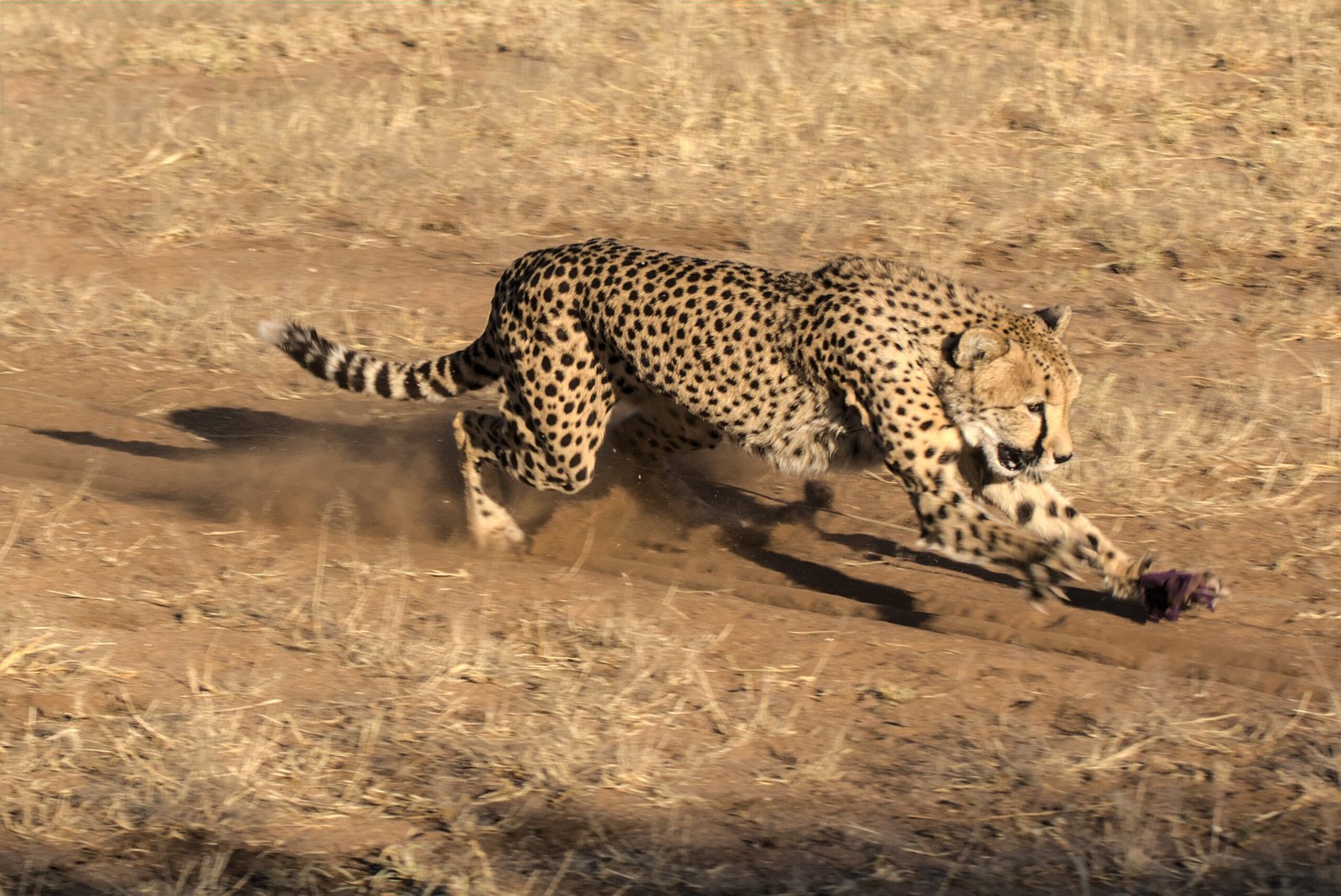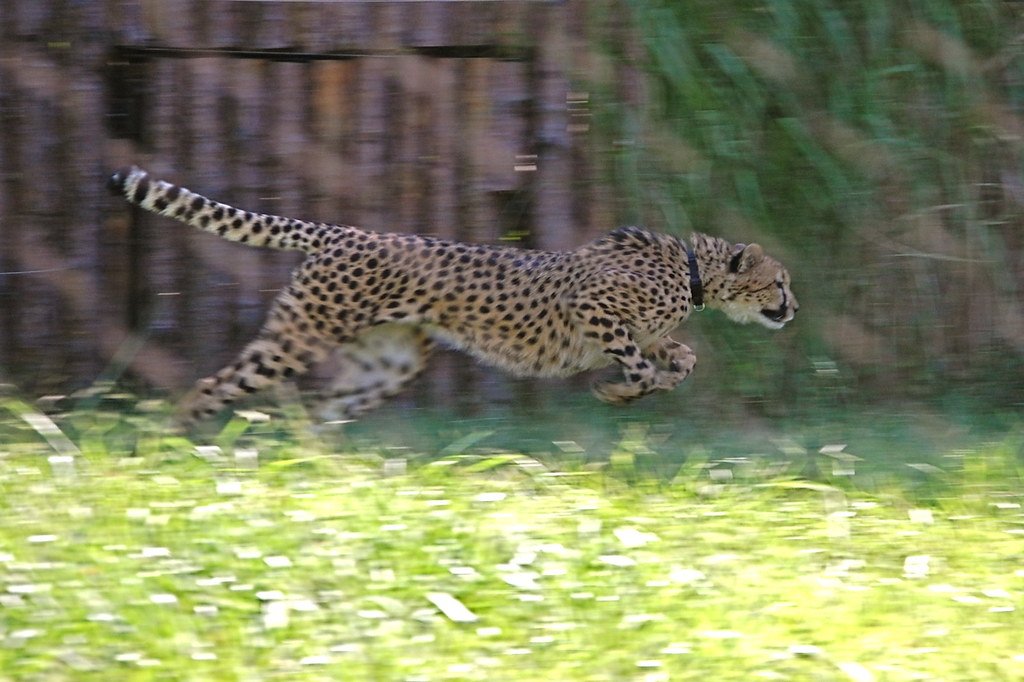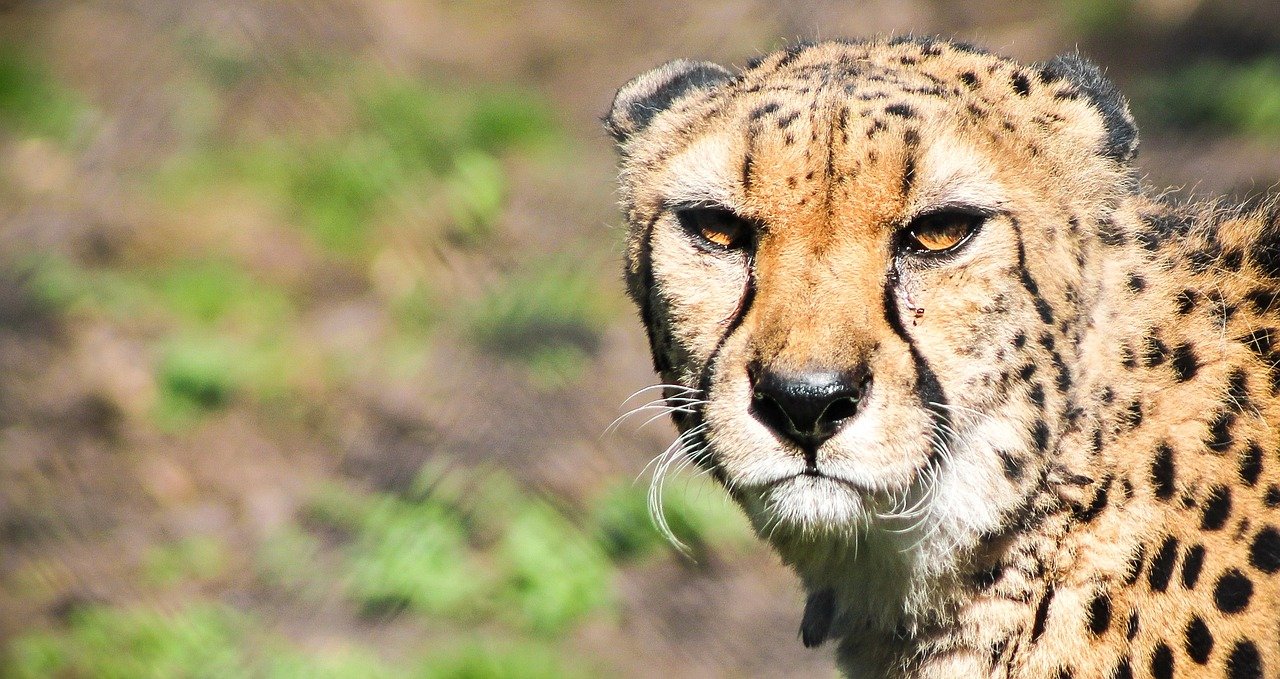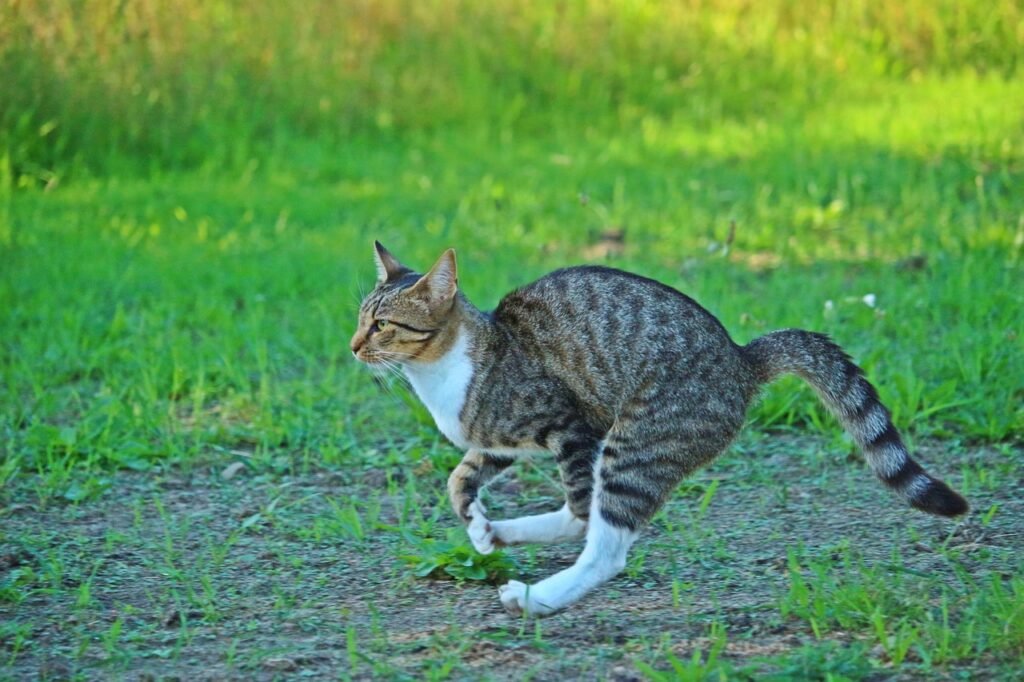The Sprint That Speaks Volumes

When a cheetah explodes into motion, reaching 70 miles per hour in just three seconds, it’s not just hunting—it’s communicating. This incredible burst of speed sends a clear message to every creature within miles: danger is approaching, and escape routes are rapidly disappearing. The cheetah’s acceleration creates a visual language that transcends species barriers, understood instantly by gazelles, zebras, and even other predators. Scientists have discovered that this dramatic display of speed serves multiple purposes beyond catching prey. The very act of running at such velocity becomes a form of territorial announcement, warning competitors and signaling dominance across the savanna.
Body Language in Motion

A cheetah’s entire body transforms when it shifts into hunting mode, creating a symphony of non-verbal communication. The shoulders drop low, the spine curves like a loaded spring, and those distinctive black tear marks seem to intensify around narrowed eyes. This physical transformation is visible from remarkable distances, alerting both prey and predators to the cheetah’s intentions. The cat’s tail becomes a crucial communication tool, acting like a rudder that signals direction changes to other cheetahs hunting nearby. Even the rhythm of their breathing changes, becoming deeper and more controlled—a subtle but important signal that experienced observers can read from hundreds of yards away.
Speed as Emotional Expression

Different running speeds convey entirely different emotional states in cheetah behavior. A leisurely trot signals contentment and casual territory patrol, while sudden acceleration bursts indicate excitement, frustration, or the thrill of a chase beginning. Mother cheetahs use varying speeds to teach their cubs about emotional regulation and appropriate responses to different situations. The way a cheetah slows down is equally meaningful—a gradual deceleration suggests satisfaction or success, while an abrupt stop often indicates danger or uncertainty. These speed variations create an emotional vocabulary that helps cheetahs navigate complex social situations and environmental challenges.
The Chase as Conversation

During a hunt, cheetahs engage in what researchers call “speed dialogue” with their prey. The initial burst of acceleration is like shouting a challenge, while the prey’s evasive maneuvers respond with equal intensity. This high-speed conversation can last several minutes, with both animals adjusting their tactics based on the other’s movements and energy levels. Successful cheetahs have learned to “read” their prey’s running patterns, understanding when an antelope is tiring or when it might attempt a sudden direction change. The chase becomes a complex negotiation where speed, stamina, and strategy combine to determine the outcome of this life-or-death conversation.
Territorial Speed Signals

Cheetahs use controlled bursts of speed to mark and defend their territories without engaging in physical confrontation. A dominant male will perform impressive acceleration displays along territorial boundaries, sending clear messages to potential rivals. These speed demonstrations are particularly intense during mating season, when males compete for access to females and prime hunting grounds. The duration and intensity of these runs communicate specific information about the cheetah’s age, health, and determination to defend their space. Younger cheetahs quickly learn to interpret these signals, avoiding confrontations with established adults by recognizing the language of territorial speed displays.
Mother-Cub Speed Lessons

Female cheetahs use speed as a primary teaching tool, showing cubs how to communicate through movement and acceleration. The mother demonstrates different running techniques for various situations—short bursts for play, sustained runs for actual hunting, and emergency sprints for escaping danger. Cubs practice these speed variations like learning vocabulary words, gradually building their ability to express themselves through movement. The mother’s patient corrections and encouraging runs create a learning environment where young cheetahs develop both physical skills and communication abilities. These lessons often continue for eighteen months, until cubs can fluently “speak” the complex language of cheetah speed.
Pack Coordination Through Velocity

When hunting together, cheetahs coordinate their movements through subtle speed adjustments that function like a sophisticated communication system. One cheetah might slow slightly to signal a change in strategy, while another increases pace to indicate they’ve spotted better positioning opportunities. These speed variations happen so quickly that human observers often miss them, but they’re crucial for successful group hunts. The lead hunter uses acceleration patterns to direct the chase, while supporting cheetahs respond with matching or complementary speeds. This coordination requires incredible timing and trust, with each cat reading and responding to speed signals in real-time.
Courtship at High Velocity

Male cheetahs incorporate impressive speed displays into their courtship rituals, using acceleration and agility to attract potential mates. These romantic sprints are different from hunting runs—they’re more playful, with sudden stops, direction changes, and graceful leaps designed to showcase the male’s fitness and genetic quality. Females respond with their own speed signals, either encouraging continued pursuit through matched acceleration or discouraging unwanted attention with dismissive trotting patterns. The courtship chase can continue for hours, with both animals using speed to communicate interest, compatibility, and readiness for mating. Successful pairs often develop synchronized running patterns that strengthen their bond.
Danger Alerts Through Acceleration

Cheetahs have developed a sophisticated early warning system based on sudden acceleration patterns that alert other wildlife to approaching threats. When a cheetah spots lions, hyenas, or other dangers, their immediate speed response creates a ripple effect across the savanna. The specific pattern of acceleration—quick bursts followed by directional changes—signals the type and severity of the threat to other animals. Prey species have learned to interpret these cheetah danger signals, often using them as an early warning system for their own survival. This unintentional communication network demonstrates how speed becomes a universal language understood across species boundaries.
Recovery Speed Speaks Volumes

After an intense hunt, the way a cheetah recovers and returns to normal movement patterns communicates important information about their physical condition and hunting success. A cheetah that quickly returns to a steady trot signals good health and successful energy management, while prolonged panting and slow movement might indicate exhaustion or injury. Other cheetahs in the area read these recovery signals to assess potential competitors’ fitness levels and hunting capabilities. The recovery period also serves as a vulnerable time when speed communication becomes crucial for avoiding conflicts with scavengers or other predators. How quickly a cheetah can return to defensive speeds often determines their survival in challenging situations.
Seasonal Speed Variations

Cheetah speed communication changes dramatically with the seasons, reflecting shifting environmental conditions and prey availability. During dry seasons, their running patterns become more conservative, with shorter bursts designed to preserve energy and water. Wet season speed displays are more elaborate and frequent, taking advantage of abundant prey and favorable hunting conditions. These seasonal adjustments create different “dialects” of speed communication that help cheetahs adapt their social interactions to environmental realities. Young cheetahs must learn to modify their speed language based on seasonal cues, developing the flexibility needed for year-round survival. The ability to adjust communication patterns seasonally demonstrates the remarkable adaptability of cheetah speed language.
Injury Communication Through Modified Speed

When injured, cheetahs unconsciously modify their speed patterns in ways that communicate their condition to other animals in the area. Subtle changes in acceleration, altered running gaits, or modified stopping patterns signal vulnerability to both predators and prey. Other cheetahs can detect these injury-related speed changes from remarkable distances, allowing them to either offer assistance to family members or avoid competition with wounded rivals. Prey animals also recognize these modified speed signals, sometimes becoming bolder around injured cheetahs they would normally avoid. The honesty of injury communication through speed makes it impossible for cheetahs to fake their physical condition, creating a reliable information system that affects entire ecosystem dynamics.
Speed as Cultural Inheritance

Different cheetah populations have developed distinct speed communication styles that are passed down through generations like cultural traditions. Northern African cheetahs use slightly different acceleration patterns than their southern cousins, creating regional “accents” in speed language. These cultural variations help cheetahs identify members of their own population and distinguish locals from strangers during territorial encounters. Mother cheetahs teach not just basic speed skills but also the specific communication styles of their regional group. This cultural component of speed language adds another layer of complexity to cheetah society, showing how movement patterns can carry historical and geographical information across generations.
The next time you see footage of a cheetah running, remember you’re witnessing one of nature’s most sophisticated communication systems in action. Every burst of speed carries meaning, every acceleration tells a story, and every chase represents a conversation between predator and prey that has been refined over millions of years. Who knew that the fastest land animal was also one of the most eloquent speakers in the animal kingdom?
Hi, I’m Bola, a passionate writer and creative strategist with a knack for crafting compelling content that educates, inspires, and connects. Over the years, I’ve honed my skills across various writing fields, including content creation, copywriting, online course development, and video scriptwriting.
When I’m not at my desk, you’ll find me exploring new ideas, reading books, or brainstorming creative ways to solve challenges. I believe that words have the power to transform, and I’m here to help you leverage that power for success.
Thanks for stopping by, Keep coming to this website to checkout new articles form me. You’d always love it!






